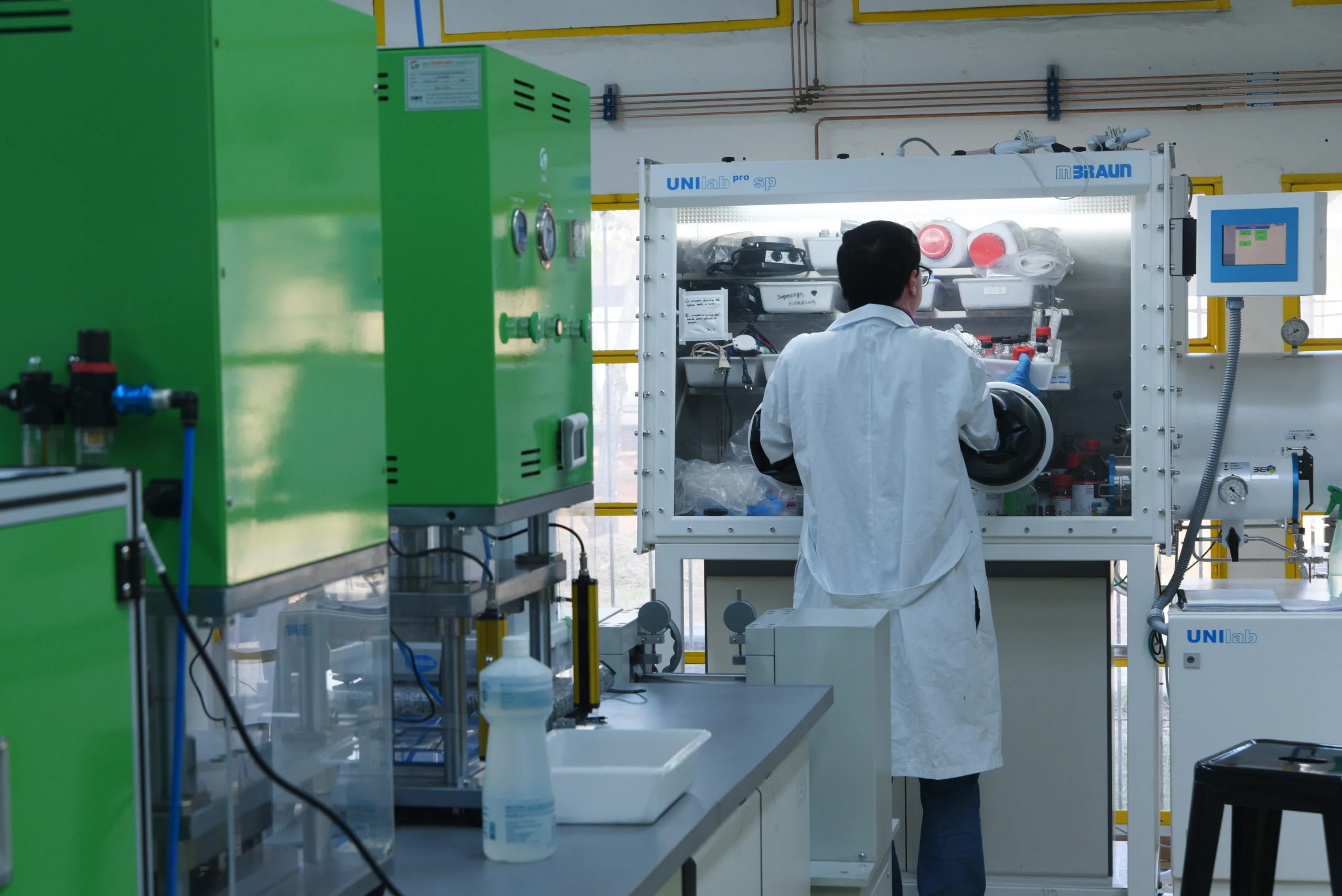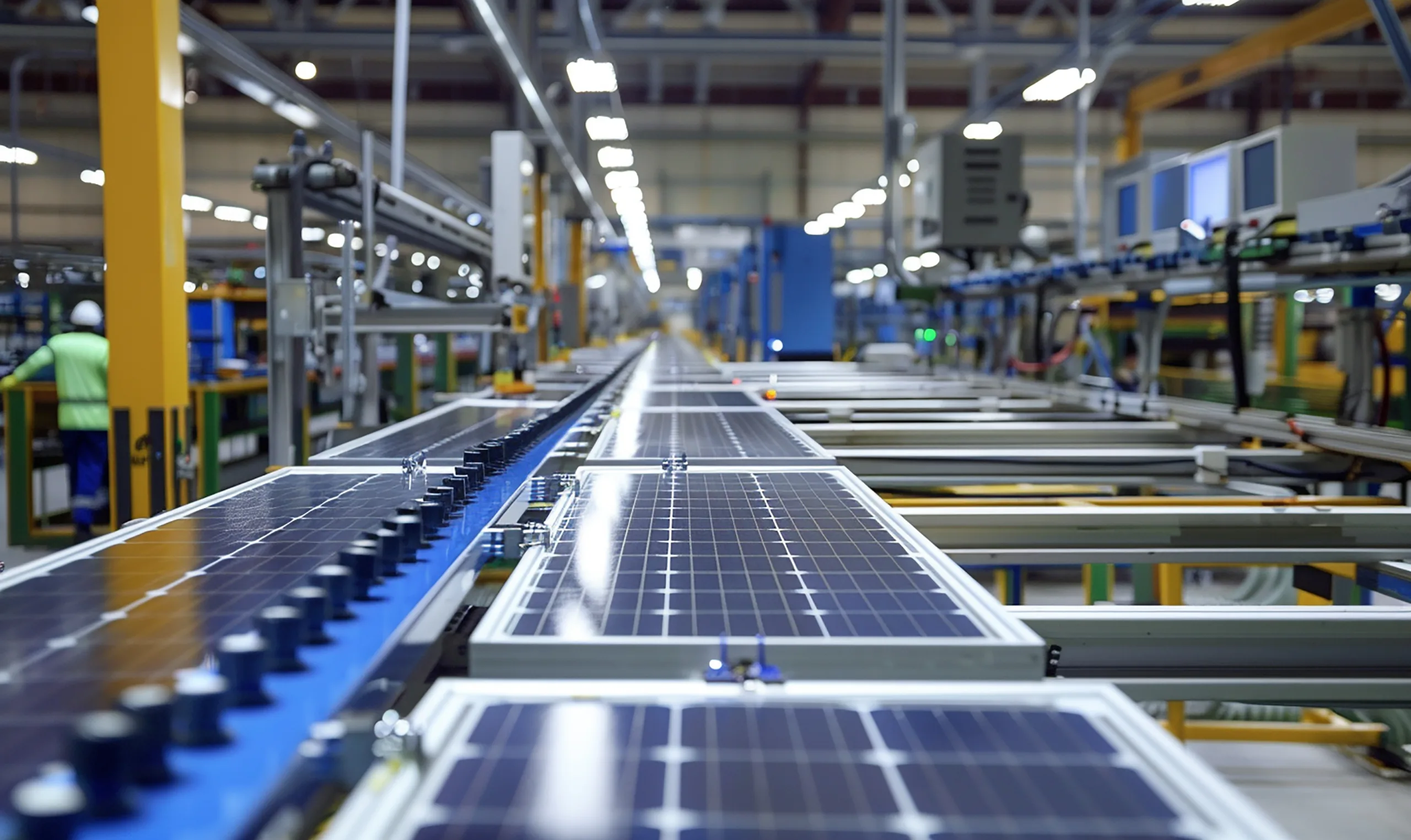Report published in the 14th edition of Canal Solar Magazine
With each passing year, the solar energy market grows even more in Brazil, with the arrival of new investments and the creation of new companies, many of which propose to carry out the photovoltaic panel installation service on residential and commercial roofs.
Despite the attractive market, there is little care, as such companies are obliged to implement safe work practices and comply with security requirements.
However, the big question that remains is: if a worker (permanent CLT, outsourced or MEI) from an installation company suffers an accident (fatal or not), who is responsible? Can the end consumer suffer from sanctions?
To answer this question, the Solar Channel spoke with labor lawyers Márcio Montibeller It is Lilian Novakoski, both specialized in accidents involving electrical installations.
According to them, the blame in cases like these always lies with the companies that carry out the installation service, with the end consumer responding in a subsidiary manner – that is, being able to be penalized if the service providers do not assume responsibility for the accident, claiming financial problems that make it impossible for them to pay for any legal proceedings.
Lawyers explain that the consumer will generally not be held responsible and liability for labor debts does not occur automatically, however, some precautions can avoid future problems.
According to Lilian, attention must be paid to what the courts judge to be the responsibility of the owner of the work and when this consumer can be equated with this.
“Labor liability, in a subsidiary manner, as understood by the TST (Superior Labor Court), reaches the owner of the work (those who order work to be carried out or have an economic interest in carrying out work and hire companies, workers for execution) if non-compliance occurs of labor obligations by those who are hired, without economic and financial suitability”, he commented.
As an example, the lawyer cites the case of a construction company that, when carrying out work on a residential building, hires a company to install photovoltaic panels: if the contracted company does not honor its labor obligations, this construction company may be liable for the debts in a subsidiary manner.
Since 2017, the consumer can be held subsidiarily liable if the contracted company is not economically and financially reputable due to culpa in elegendo (a term that refers to a bad choice made by those who hired) under the terms of OJ-191 of SBDI-1 TST and IRR 190-53.2015.5.03.0090.
“The owner of the work can respond in this case when the company hired by him is unable to respond for what happened. In other words, when you don't have assets or don't fulfill your daily obligations, such as paying your employees' salaries, you respond in a subsidiary way”, says Lilian.
For this reason, the lawyer explains that it is extremely important that Brazilians who want to install photovoltaic systems on their properties research information about companies operating in the market before concluding any contract, in addition to requiring in the contract the work time, values and responsibilities of each part in order to protect itself.
“As the suitability of a company is a very subjective issue, it can cause headaches for the consumer who owns the work. Therefore, it is recommended that he seek important information, such as how solid the company is and the way it works and hires its professionals”, he explained.
Lilian further explains that the consumer must also demand a contract that contains clauses that limit the labor responsibilities of the contracted company.
“With the contract, keeping receipts or proof of payment, the consumer will prove the nature of the relationship between the person installing panels and the obligations of each party, and it is also possible to stipulate retention of part of the contract value to be paid at the end of the work, after fulfilling contractual obligations”, he highlighted.
The consumer must also ensure that the workers of the contracted company have all the records that prove the employment relationship with these workers, whether they are CLT or third parties.
“The consumer has a lot of protection under the Consumer Protection Code against suppliers who end up causing harm to them, but they often need to prove this relationship and know if this company will be able to provide support if something goes wrong at the time of installation”, he stated.
According to the lawyer, if the Court understands that the consumer and the company that provides services can be held responsible, and the penalties involve financial punishments, such as payment of compensation to the injured technician or even a lifetime pension to the family or victim, in case of death if there is fault in the accident and the degree of culpability of each agent.
What if the company is to blame?
Márcio highlights, in turn, that if the process follows its “natural” path and the installing companies are held responsible for the accident or death of the worker, the penalty applied could be even greater, with the directors of the companies responding in the criminal sphere for intentional homicide, when there is or assumes the risk of killing.
“There will be an investigation to verify whether the worker was qualified according to the current NRs and whether he received PPE (Personal Protective Equipment) from the company. If they did not have adequate training and protection, directors could be held liable for homicide in one of three categories: negligence, malpractice or recklessness,” he stated.
The lawyers interviewed by Canal Solar also highlighted that if the accident involves a third party hired by the company that sold the system to the end consumer, civil liability will fall on both companies, as if they were “accomplices” of each other.
The only exception to the rule occurs when it is proven that all necessary support (PPE and safety training) has been offered to the injured installer.
In this case, if the technician responsible for the installation is involved in an accident due to their own negligence and not due to a lack of warning from their employers, the companies are exempt from any responsibility.
As an example, Márcio cites a case he handled of a company that was responsible for building one of the subway lines in São Paulo. “This company hired a third party to carry out the electrical installations of the machinery. One of the professionals used the drill in the wrong place, put his hand on a 3,000 V wire and died instantly from electrocution”, he commented.
The lawyer recalls that, at the time, the delegate responsible for the investigation told him that he would incriminate all the company's directors for intentional homicide. However, the construction workers themselves had photographed the worker wearing all safety equipment on the day of the accident.
“Along with this photo, we delivered all the documentation that proves that it was exclusively the professional’s fault and that, in fact, he wanted to gain time on the job by pulling a thread that was not supposed to be handled the way he was doing it”, concluded Márcio .
How can a company protect itself?
According to Lilian, there are ways for a company to prevent accidents from happening and its professionals from causing legal and financial problems.











